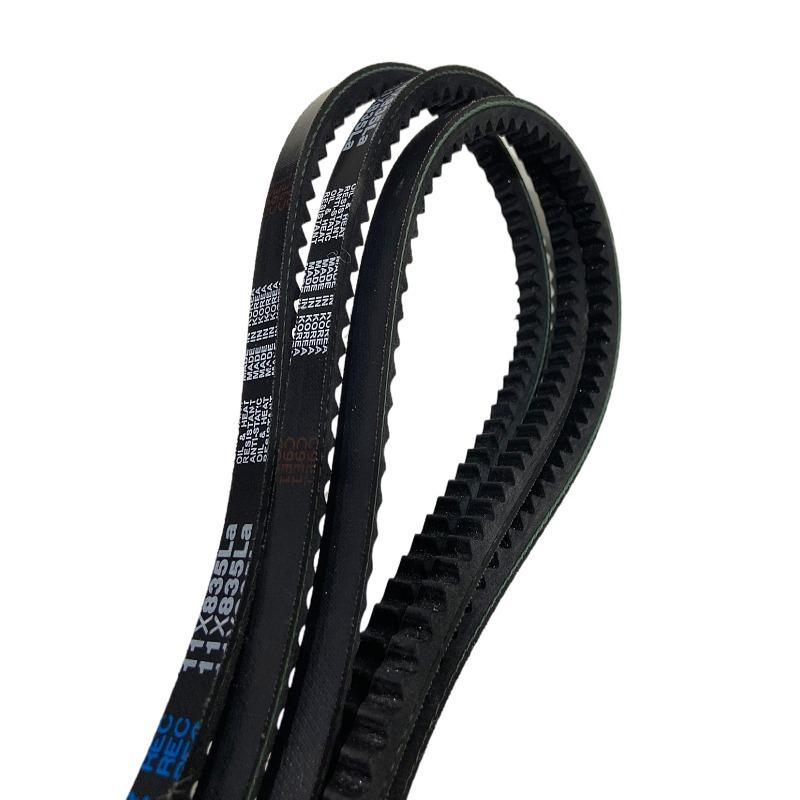- Arabic
- French
- Russian
- Spanish
- Portuguese
- Turkish
- Armenian
- English
- Albanian
- Amharic
- Azerbaijani
- Basque
- Belarusian
- Bengali
- Bosnian
- Bulgarian
- Catalan
- Cebuano
- Corsican
- Croatian
- Czech
- Danish
- Dutch
- Afrikaans
- Esperanto
- Estonian
- Finnish
- Frisian
- Galician
- Georgian
- German
- Greek
- Gujarati
- Haitian Creole
- hausa
- hawaiian
- Hebrew
- Hindi
- Miao
- Hungarian
- Icelandic
- igbo
- Indonesian
- irish
- Italian
- Japanese
- Javanese
- Kannada
- kazakh
- Khmer
- Rwandese
- Korean
- Kurdish
- Kyrgyz
- Lao
- Latin
- Latvian
- Lithuanian
- Luxembourgish
- Macedonian
- Malgashi
- Malay
- Malayalam
- Maltese
- Maori
- Marathi
- Mongolian
- Myanmar
- Nepali
- Norwegian
- Norwegian
- Occitan
- Pashto
- Persian
- Polish
- Punjabi
- Romanian
- Samoan
- Scottish Gaelic
- Serbian
- Sesotho
- Shona
- Sindhi
- Sinhala
- Slovak
- Slovenian
- Somali
- Sundanese
- Swahili
- Swedish
- Tagalog
- Tajik
- Tamil
- Tatar
- Telugu
- Thai
- Turkmen
- Ukrainian
- Urdu
- Uighur
- Uzbek
- Vietnamese
- Welsh
- Bantu
- Yiddish
- Yoruba
- Zulu
ліп . 27, 2024 17:53 Back to list
Exploring the Mechanics of Sprockets and Toothed Belts in Modern Engineering Applications
Understanding Sprockets and Toothed Belts Essential Components of Power Transmission
In the realm of mechanical engineering and automotive design, the smooth and efficient transmission of power is paramount. Among the various components that facilitate this process, sprockets and toothed belts play a crucial role in ensuring that power is delivered accurately and reliably. This article sheds light on these components, their applications, and the advantages they offer in modern machinery.
What Are Sprockets and Toothed Belts?
Sprockets are wheels with teeth that engage with a chain or toothed belt. They are typically mounted on shafts and work in conjunction with other sprockets or gears to transmit rotational motion. Toothed belts, also known as timing belts, are rubber belts with teeth that mesh with the sprocket's teeth to provide a positive drive. This combination of sprockets and toothed belts forms a vital assembly in power transmission systems.
Applications in Various Industries
Sprockets and toothed belts are widely used in several applications across different industries. In the automotive sector, they are integral to the engine timing system. The timing belt synchronizes the rotation of the crankshaft and camshaft, ensuring that the engine's valves open and close at the right intervals during each cylinder's intake and exhaust strokes.
Beyond automotive applications, these components are essential in manufacturing machinery. For instance, in conveyor systems, toothed belts can drive sprockets to transport goods efficiently. They are also used in robotics, where precise movements are crucial. The reliability of toothed belts and sprockets ensures that robotic arms and automated systems function smoothly, enhancing productivity and reducing errors in assembly lines.
sprocket and toothed belt

Advantages of Sprockets and Toothed Belts
One of the standout features of using sprockets and toothed belts is their ability to provide synchronous motion. Unlike standard belts that can slip, toothed belts ensure that there is no backlash or slippage between the sprocket and the belt. This characteristic is vital in applications where precision is critical, such as in timing mechanisms and servo motors.
Additionally, sprockets and toothed belts are relatively low-maintenance compared to other power transmission systems. They do not require lubrication, which minimizes the risk of dirt and grime accumulation. This quality not only extends the lifespan of the components but also reduces maintenance costs for industries that rely on them.
Furthermore, the design flexibility of toothed belts and sprockets is another advantage. They can be tailored for specific torque and speed applications, allowing engineers to design systems that meet particular requirements. For example, increasing the size of the sprocket can reduce the speed of the output shaft while increasing torque, making it ideal for different operational needs.
Conclusion
In summary, sprockets and toothed belts are indispensable components in many mechanical systems. Their efficiency in power transmission, reliability, and low maintenance requirements make them a preferred choice in various industries, from automotive to manufacturing and robotics. As technology continues to advance, the design and materials used in these components are likely to evolve, further enhancing their performance and expanding their applications. Understanding the role and functioning of sprockets and toothed belts is essential for anyone involved in mechanical engineering or machinery design, as they are foundational elements that contribute to the seamless operation of complex systems.
-
Korean Auto Parts Timing Belt 24312-37500 For Hyundai/Kia
NewsMar.07,2025
-
7PK2300 90916-T2024 RIBBED BELT POLY V BELT PK BELT
NewsMar.07,2025
-
Chinese Auto Belt Factory 310-2M-22 For BMW/Mercedes-Benz
NewsMar.07,2025
-
Chinese Auto Belt Factory 310-2M-22 For BMW/Mercedes-Benz
NewsMar.07,2025
-
90916-02660 PK Belt 6PK1680 For Toyota
NewsMar.07,2025
-
drive belt serpentine belt
NewsMar.07,2025

